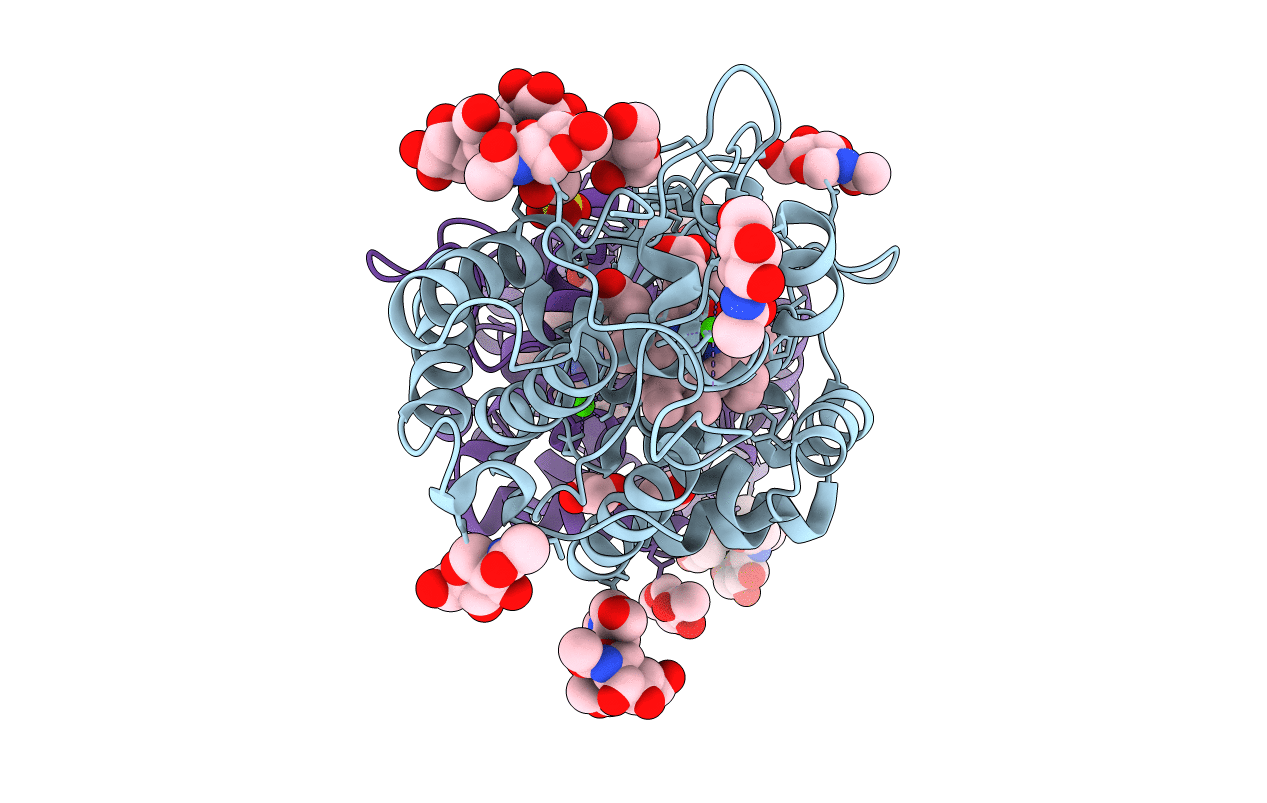
Deposition Date
2014-07-07
Release Date
2015-05-27
Last Version Date
2024-10-09
Entry Detail
PDB ID:
4USC
Keywords:
Title:
Crystal structure of peroxidase from palm tree Chamaerops excelsa
Biological Source:
Source Organism:
TRACHYCARPUS FORTUNEI (Taxon ID: 14027)
Method Details:
Experimental Method:
Resolution:
2.60 Å
R-Value Free:
0.24
R-Value Work:
0.21
R-Value Observed:
0.21
Space Group:
P 21 21 21


